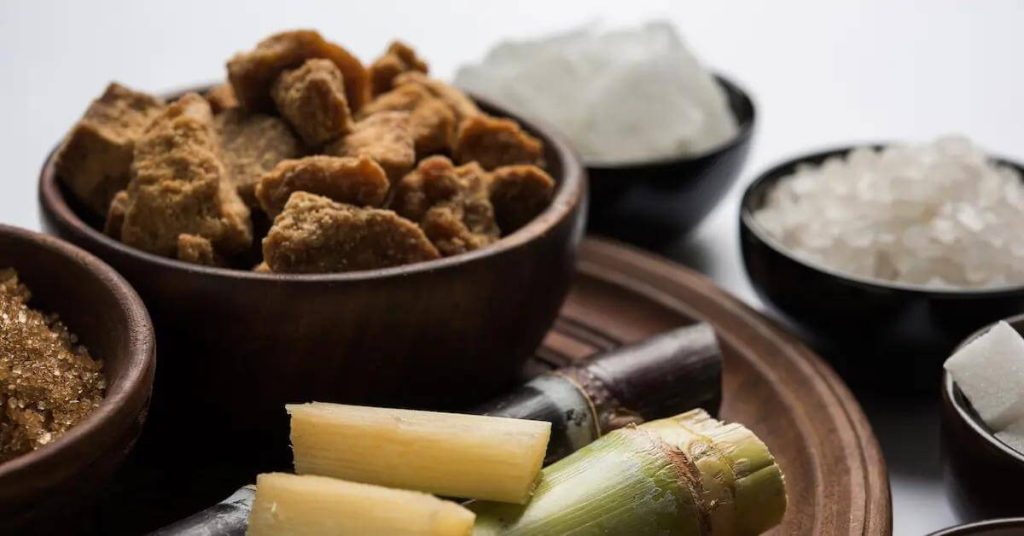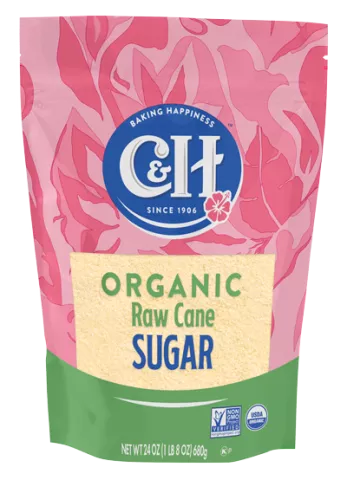Checking Out the Comprehensive Steps Included in Walking Stick Sugar Processing From Harvesting to Improvement
The process of walking cane sugar production encompasses a collection of detailed actions, starting with the mindful harvesting of sugarcane and finishing in the improvement phases that make sure the last item meets market standards. Each phase, from the removal of juice to the purification and formation processes, plays a critical role in determining the high quality and personality of the sugar.
Harvesting Sugarcane
Harvesting sugarcane is a vital step in the cane sugar handling chain, as it straight influences the top quality and yield of the final item. Correct timing and strategies are necessary during this stage to make certain optimum sugar material and lessen losses. Usually, sugarcane is harvested when it gets to maturation, typically 12 to 18 months after growing, characterized by a high sucrose concentration.

Post-harvest, the sugarcane needs to be refined quickly to stop sucrose degradation. Ideally, gathered cane needs to be delivered to refining centers within 24 hr to protect sugar high quality. As a result, efficient logistical preparation is vital to preserve the honesty of the gathered crop throughout the supply chain.
Extraction Refine

The smashed cane goes through a collection of pushing operations to take full advantage of juice healing. Usually, warm water is sprayed onto the smashed walking cane, developing a countercurrent flow that aids liquify the sugar while additionally helping in the extraction process. The juice gathered from this procedure includes not just sugar but likewise numerous organic substances and contaminations.

To boost removal performance, some facilities may employ diffusion approaches, where the sugarcane is soaked in warm water, enabling the soluble sugars to diffuse right into the liquid. The resulting juice, abundant in sucrose, is after that directed to succeeding processing stages, laying the foundation for filtration and improvement. The removal procedure is hence crucial in identifying the top quality and yield of the last sugar item.
Filtration Strategies
The filtration strategies used in walking cane sugar processing are necessary for changing the raw juice into a top quality sugar product. These approaches primarily intend to get rid of pollutants, such as soil, plant products, and inorganic compounds, which can negatively influence the last product's taste and color.
One of the most common purification methods is explanation. This procedure entails including lime and warm to the raw juice, which promotes the coagulation of pollutants. The resulting precipitate is after that removed through sedimentation or purification, producing a more clear juice. Furthermore, the usage of phosphoric acid can boost the clarification procedure by more binding contaminations.
One more considerable method is carbonatation, where co2 is presented to the cleared up juice. This reaction produces calcium carbonate, which catches staying contaminations and advertises their elimination.
Moreover, activated carbon treatment may be related to adsorb any kind of continuing to be colorants and natural impurities, making visit the website certain a much more polished product. The mix of these approaches efficiently prepares the sugar juice for subsequent actions in the refining procedure, setting the stage for the production of high-grade walking cane sugar.
Formation Methods
After the purification phase, the next important action in cane sugar processing entails formation methods, which play a pivotal function in transforming the clarified juice right into solid sugar. This process generally utilizes our website two primary techniques: spontaneous formation and regulated formation.
In spontaneous crystallization, supersaturated sugar remedies are allowed to cool normally, leading to the development of sugar crystals over time. This method allows for the uniform growth of sugar crystals and greater purity.
Throughout condensation, the made clear juice is focused with dissipation, increasing its sugar web content till it reaches supersaturation. As soon as this factor is accomplished, either approach can promote the formation procedure. Cane Sugar Processing. The resultant sugar crystals are then divided from the continuing to be syrup through centrifugation
Ultimately, the selection of condensation technique influences the high quality, dimension, and purity of the last sugar item, making this action crucial in the overall walking stick sugar processing procedure.
Refinement and Product Packaging
Just how can the pureness and quality of cane sugar be even more boosted after condensation? The refinement procedure plays a crucial role in achieving premium cane sugar. Complying with formation, sugar undergoes a detailed washing to get rid of impurities and residual molasses. This is normally accomplished using warm water or heavy steam, which helps dissolve and extract undesirable aspects while preserving the sugar crystals.
Next, the sugar goes through a procedure called centrifugation, where it is spun at broadband to divide the cleansed sugar crystals from the remaining fluid. After centrifugation, the sugar is usually additional improved through an approach called carbonization or phosphatation, which uses turned on carbon or phosphoric acid to get rid of shade and off-flavors.
Once refined, the sugar is dried to accomplish the wanted moisture material, ensuring that it remains secure during storage and transportation. The final action includes packaging the polished sugar in moisture-proof and impermeable containers to preserve its quality and protect against contamination. Cane Sugar Processing. Appropriate product packaging not only prolongs life span but also helps with easy handling and circulation, making sure that consumers receive sugar that satisfies the highest requirements of purity and high quality
Final Thought
The extensive steps associated with walking stick sugar processing, from the precise harvesting of sugarcane to the intricate refinement and product packaging phases, emphasize the importance of each phase in making sure premium sugar manufacturing. Ideal harvesting strategies, effective removal techniques, and rigorous filtration procedures collectively add to the end product's purity and stability. The formation and subsequent product click over here packaging methods even more enhance the honesty and service life of the sugar, highlighting the complexity and accuracy integral in this crucial farming market.
The procedure of cane sugar manufacturing includes a series of elaborate actions, starting with the cautious harvesting of sugarcane and finishing in the refinement stages that make sure the last item fulfills industry requirements. Ideally, collected walking cane ought to be delivered to refining centers within 24 hours to maintain sugar quality.In spontaneous formation, supersaturated sugar solutions are allowed to cool normally, leading to the formation of sugar crystals over time - Cane Sugar Processing. The refinement process plays a crucial function in attaining premium walking cane sugar.The comprehensive actions entailed in walking cane sugar processing, from the meticulous harvesting of sugarcane to the detailed improvement and packaging stages, underscore the importance of each phase in making certain top quality sugar production